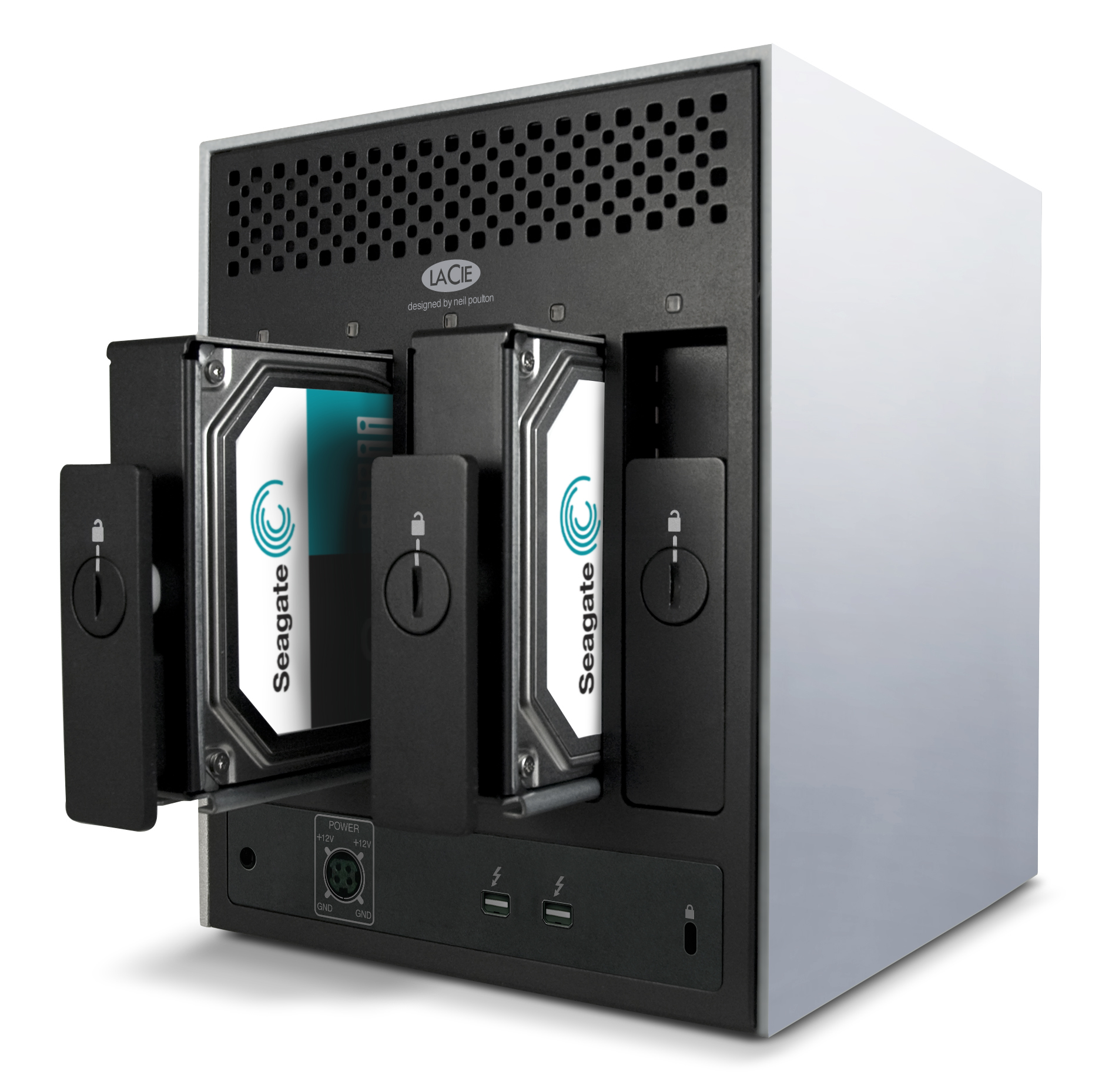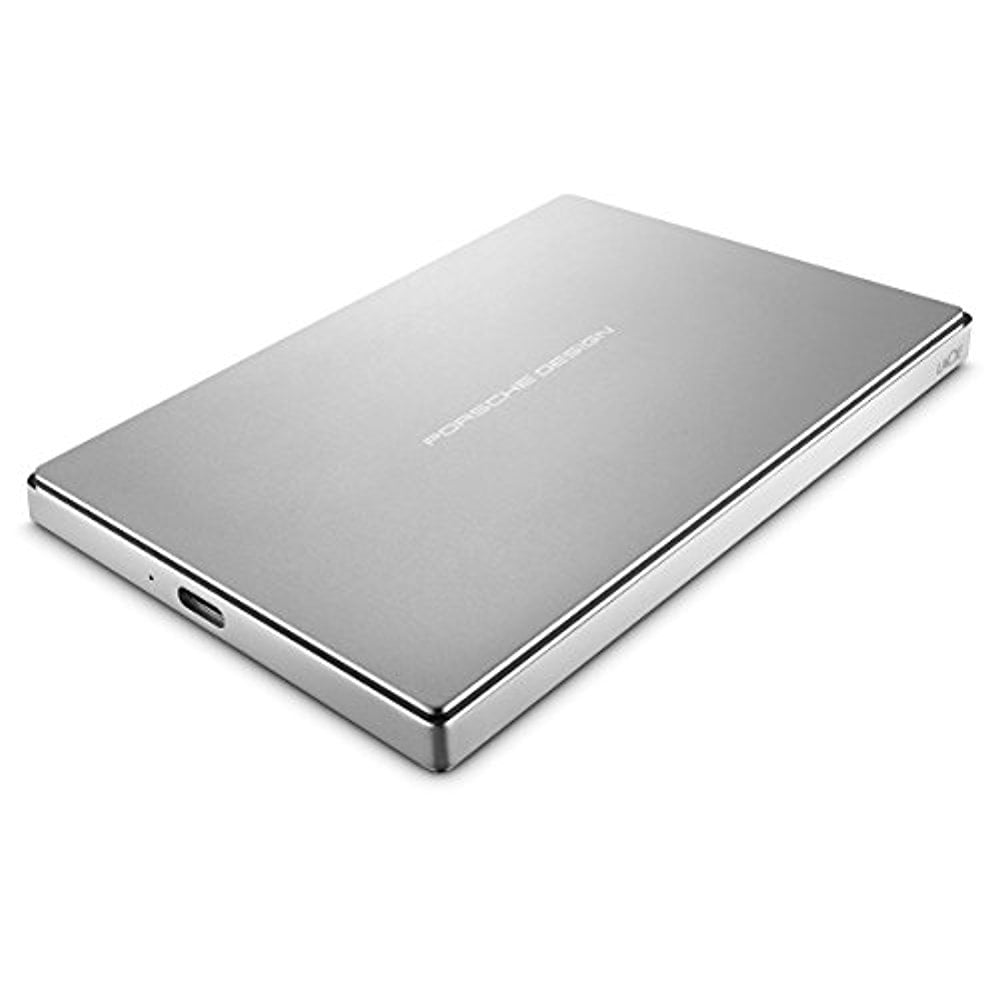


Like I said - the seatools program from Seagate (the manufacturer of the drive) lists the drive capacity correctly as 4TB. The missing 2TB were in the APFS Container.

I think that the drive itself is not damaged but that the APFS Container is inaccessible to any partition program resulting in the Drive Capacity being listed as 2TB (which is the size of the up to now functioning partition the timemachine backup used). As I wrote the drive is perfectly accessible with an old USB 2.0 connector board attached. The part that did not function is the connector board - USB C. Also as I have written the APFS partition gets correctly listed in a third party file recovery program and all files and folders with their real name too and I was able to retrieve those Bennet-Alder As I wrote - I also of course listed and erased the drive by its immutable device name which is disk3s1 to 3 (EFI, TMbackup and APFS Container). It was fun and I can't wait to run into another problem we can solve together.Ĭheers and thank As I have written - the Timemachine partition is working and has been for the last 7 months since the drive fell. The venerable seatools for seagate harddisks which are used in LaCie things.
#Lacie hd 2 tb free#
Good old DOS diskpart - preparing a drive for initialisation:Ī solid free disk recovery tool that can read APFS partitions: No doubt it will serve me faithfully for many years to come.Īllow me to list the following links for anyone else needing to examine an external HD that fell off the table: Since the disk is in flawless conditions, which I have proof for, I will get a new USB 3 connector case and plonk the cest la vie LaCie 4TB thingy into that. Unaware of the USB 2.0 connector limitation regarding disk size I assumed that the problem was with the APFS Container which was wrong, much like neuroanatomist assumed that since the disk fell from a table resulting in the original USB 3 C connector board failing that the disk was broken and I should throw it away.Īfter some initial back and forth about traditions and protocol with my 2 fellow board members here, it was Grant Bennet-Alder who knew that such a USB 2.0 limitation exists and that the limit was usually 2.2TB which is exactly what DiskUtil was showing me. Since the drive was split into 2 partitions DiskUtil only showed the first partition which happened to be the HFS+ timemachine backup partition. The APFS partition was never lost, it was just that the USB 2.0 cable I attached limited the drive capacity to 2.2 TB. The seatools disk drive test 'FixAllLong' finished today after running for 2 days and the disk passed. Thank you for any pointers or help on this.

Tells me there is no APFS Container present. What am I missing? Can I not reset the disk into a state where no partitions exist and the whole thing can be initialized once again? Running sudo fsck_apfs -n -l /dev/rdisk3 I don't understand how the recovery tool can list all data in the 'lost' APFS Container but I am not able to wipe the disk and get the capacity back.
#Lacie hd 2 tb windows#
I have hooked it up on the Windows machine now and the seatools from seagate are currently running a 'FixAllLong' sequence which will take another 2 days at the current rate. However, the disk only shows 2.2 TB capacity in DiskUtility (or connected to a windows machine for that matter). I recovered the files I really needed and then erased the disk in DiskUtility (complete, including the Timemachine partition) to get back my 4TB. I used the Timemachine partition and now came across the DMDE recovery tool which scanned the drive, found the APFS partition (labeled 'data') and was able to list all folders and files on there. The Timemachine partition worked while the AFPS partition did not show up in DiskUtility (devices view). I opened the case and attached a USB 2.0 connector. The disk fell from a table and the usb C connector died.
#Lacie hd 2 tb archive#
HD as follows: 2TB timemachine backup HFS+ and 2TB archive APFS.


 0 kommentar(er)
0 kommentar(er)
